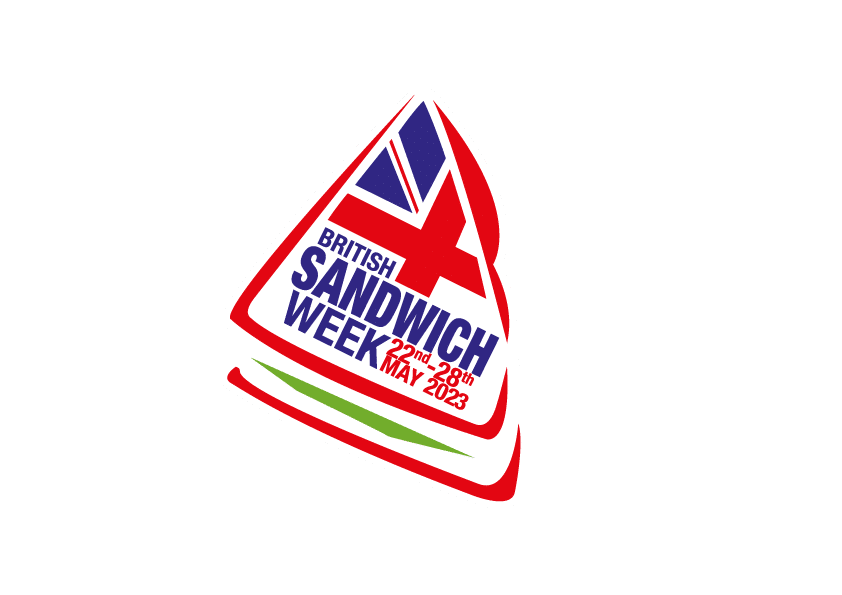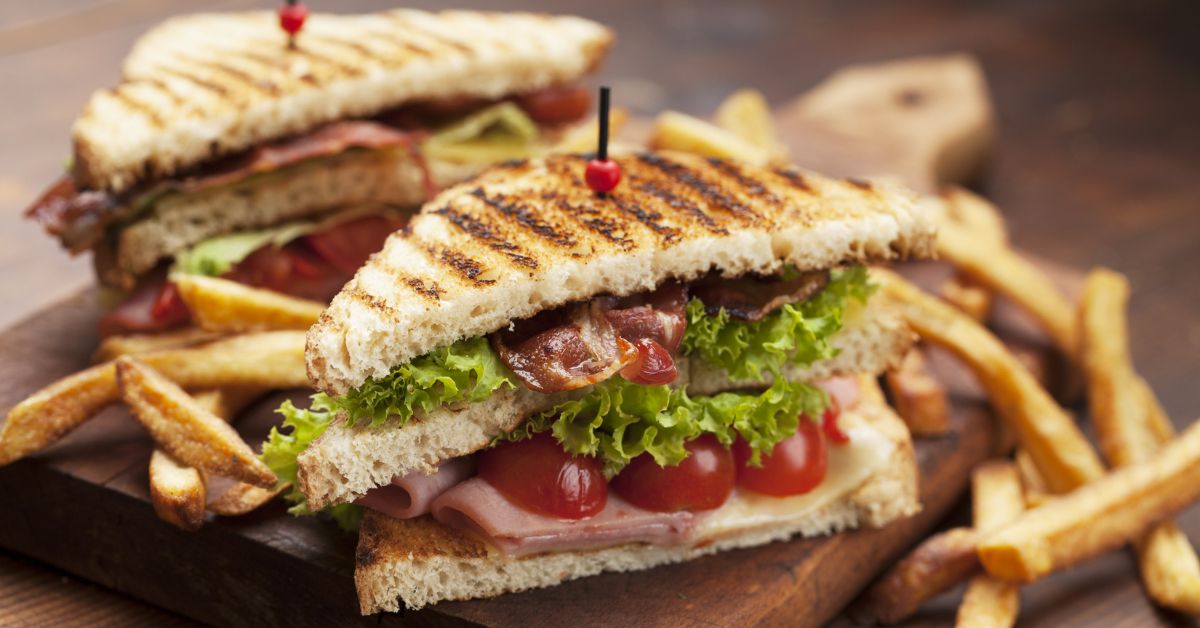You might refer to it as a butty, sarnie, barm, roll, bap or sanger, but whatever you call it, the sandwich in all its myriad glorious forms has long been a beloved lunchtime staple of the British diet. Sandwiches are undeniably the ultimate go-to solution for a quick and convenient meal, whether that be a school lunch, a spot of sustenance at your desk, or grabbing a quick bite on the go. The humble sandwich is one of our favourite forms of fast food, with over 3.8 billion purchased every year in the UK, ringing up a whopping price tag of over £8.2 billion. No longer confined to lunchtime, our enduring love for these hand-held culinary creations sees us consuming them at every opportunity, from weekday breakfasts and weekend brunches to afternoon teas and late-night suppers.
Ultra-versatile, the sandwich can be simple or luxurious, a snack or a meal, sweet or savoury or warm or cold – which brings us nicely to… the hot sandwich!
Whilst cold sandwiches remain universally popular whatever the weather, there’s something to be said for tucking into a hot sandwich on a chilly day. The ultimate comfort food, what could be more satisfying than a tasty toastie or punchy panini smothered in gorgeously gooey melted cheese? What really sets a hot sandwich apart is the warmth that permeates every single bite, the heat essentially serving to enhance the flavours and harmoniously meld the different filling ingredients together.
Hot sandwiches are widely referred to as ‘toasties’ in the UK, ‘grilled cheese’ in the US, ‘panini’ in Italy, ‘croque monsieur’ in France and ‘jaffles’ in Australia. Toasting forks, with prongs to hold the bread and a bracket that enabled the user to toast a slice of cheese at the same time, became a popular concept in eighteenth-century Britain. The Breville toastie maker, a name still synonymous with the toasted sandwich – and possibly one of the best inventions since, well, sliced bread – was introduced in Australia in 1974 and the UK soon after. A hinged device with heated plates, it allowed multiple sandwiches to be toasted simultaneously, sealing the edges to create delicious pockets filled with cheese, beans, ham, or even egg.
Today, the possibilities for hot sandwiches are virtually endless – they can be as simple or as complicated as you like, toasted, grilled, fried, oven-warmed, or panini-pressed. You can use flatbreads for extra crunch, brioche bread for sweet richness and a softer texture, baguettes, ciabatta, and focaccia for heartier concoctions that stand up well to grilling, or pitta bread to bring a Mediterranean twist. Or why not try experimenting with wraps, bagels, subs, sourdough, rye bread, pumpernickel, soda bread, soft white, nutty wholegrain, challah, cornbread – the list goes on.
There really are no rights and wrongs when it comes to fillings for hot sandwiches; it all comes down to personal preference and taste. Cheese, whether used as the solo star of the show or combined with other ingredients, is a popular filling around the globe – think a simple cheese toastie with vintage cheddar, gruyere, or mozzarella if you like a bit of extra stretch, a Reuben with corned beef, Swiss cheese, sauerkraut, and Russian or thousand island dressing on rye, or a croque monsieur with gruyere, ham, parmesan, and béchamel sauce.
Almost every country has its own distinct sandwich culture – and it’s no different with hot sandwiches. In America, the Philly cheesesteak, invented by Italian immigrants Pat and Harry Olvieri, and combining thinly sliced rib-eye beef, American or Provolone cheese, and grilled onions in a long roll, is hugely popular. The francesinha, comprising layers of assorted hot meats between toasted bread with melted cheese and a hot tomato and beer sauce, is a firm favourite in Portugal, whilst Egypt’s national sandwich, the falafel, brings together deep-fried spiced chickpea balls, houmous, salad, brightly coloured pickles, and spicy harissa sauce all stuffed into warm pitta bread. Then there’s the Greek gyros, French croque madame, Argentinian choripan, Chinese bao bun, Cuban medianoche, Venezuelan arepa, Mexican cemita, American grilled cheese, and very British chip butty, to name but a few.
There’s a lot to be said for hot sandwiches; they somehow stand for more of a meal than their cold counterparts. If hot sandwiches are your thing – and let’s face it, why wouldn’t they be? – you could probably experiment with a different concept every day for a year and not run out of ideas to try!

